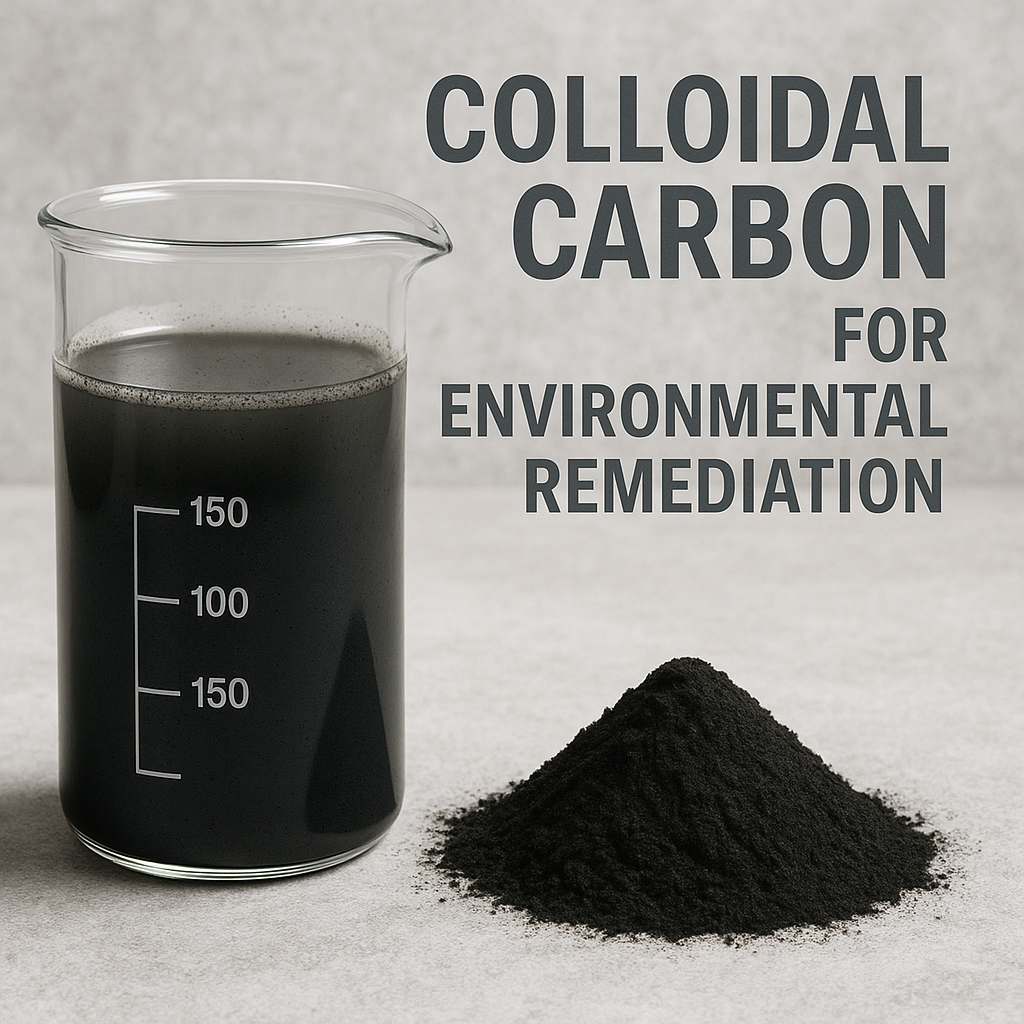What are the different types of carbonaceous materials used to make activated carbon?
Any form of carbonaceous material that can be burned in an anaerobic atmosphere can be used to make activated carbon. Wood, coconut, and coal are the most abundant sources because they are readily available and can easily be converted into activated carbon. Once the carbon is burner it is activated via physical (steam or CO2 at high temperature) or chemical (e.g., KOH or H3PO4) methods to introduce a porous networksteam.
Activated carbon made from wood, coconut, and coal each has unique characteristics that can provide a more cost-effective solution for contaminant removal.
Which is better: coconut or coal-based activated carbon?
Coconut activated carbon has been the primary choice for a variety of contaminant removal projects due to its low cost and high effectiveness in removing smaller contaminant molecules such as benzene, toluene, perchloroethylene, and trichloroethylene. The activation process for bituminous and lignite coal-based activated carbon can target larger contaminants, such as PFOS compounds and semi-volatile organic compounds.
Is coconut activated carbon less expensive than coal-based activated carbon?
Typically, coconut activated carbon costs less per pound. However, it is also necessary to evaluate the activated carbon’s capacity to capture contaminants and resist other substances in the water. Excessive change-outs can quickly increase costs.
Does colloidal activated carbon cost more than powdered or granular activated carbon?
Colloidal carbon contains about 15% activated carbon and requires additional processing for manufacturing, making it more expensive than powdered or granular activated carbon. For stabilization or injection, a dose rate of about 1% of the soil’s weight would require approximately 37 pounds of carbon per cubic meter of soil.
The budget cost per cubic meter of treated soil is as follows:
- Powdered: $48.00
- Granular: $111.00
- Colloidal: $1,480.00
Which is best for my application: colloidal, powdered, or granular activated carbon?
The additional cost of colloidal carbon can only be justified for in-situ treatment of contaminants. Its small particle size allows for a larger radius of influence (ROI) and enables application through existing well screens.
Powdered and granular activated carbon are more cost-effective for in-situ or ex-situ applications, depending on the specific needs. Powdered carbon can be injected with typical non-high-pressure equipment, while high-pressure equipment is required for the injection of granular carbon. Both types can be effective in soil mixing, depending on the mixing method and the soil composition.

